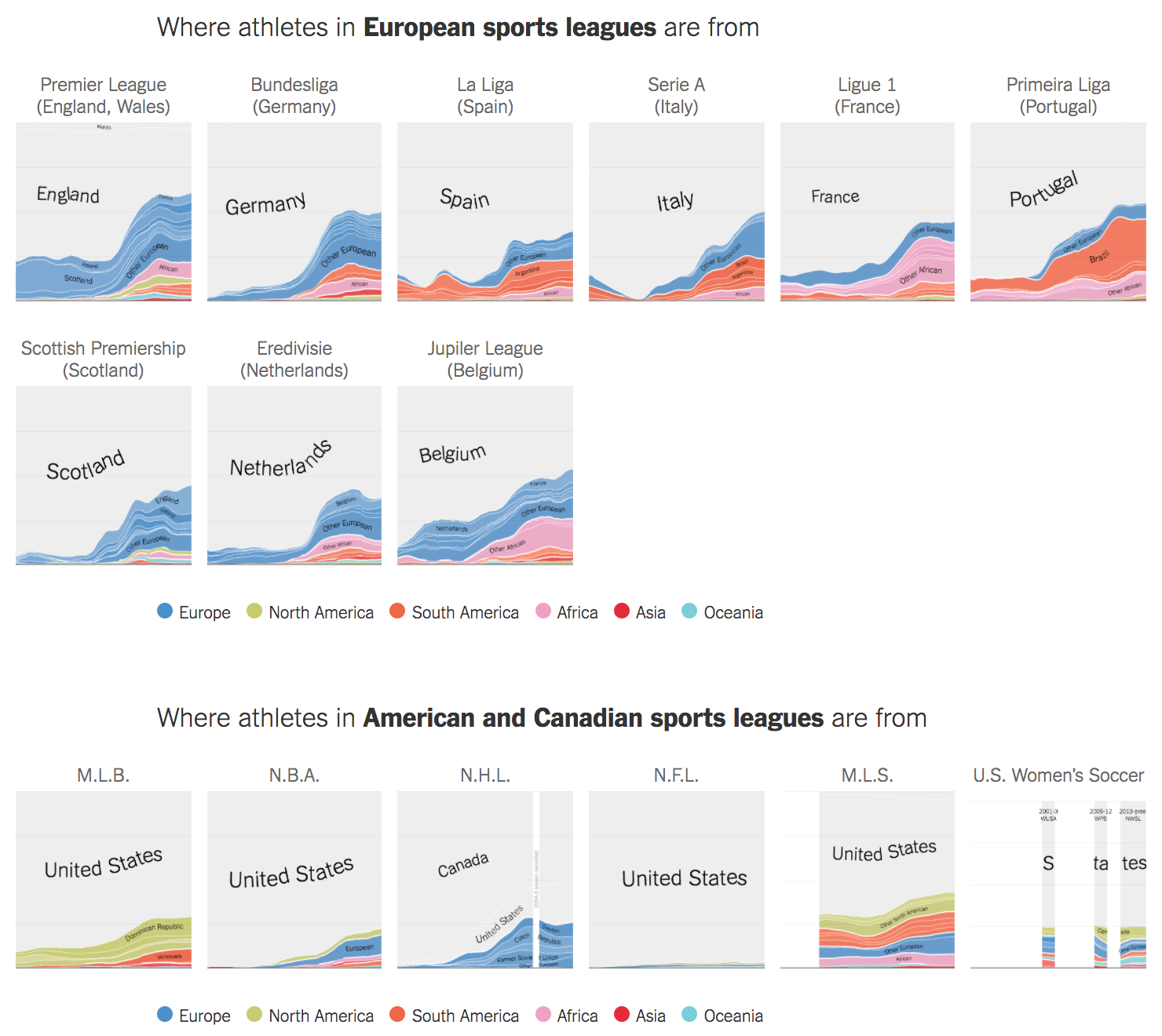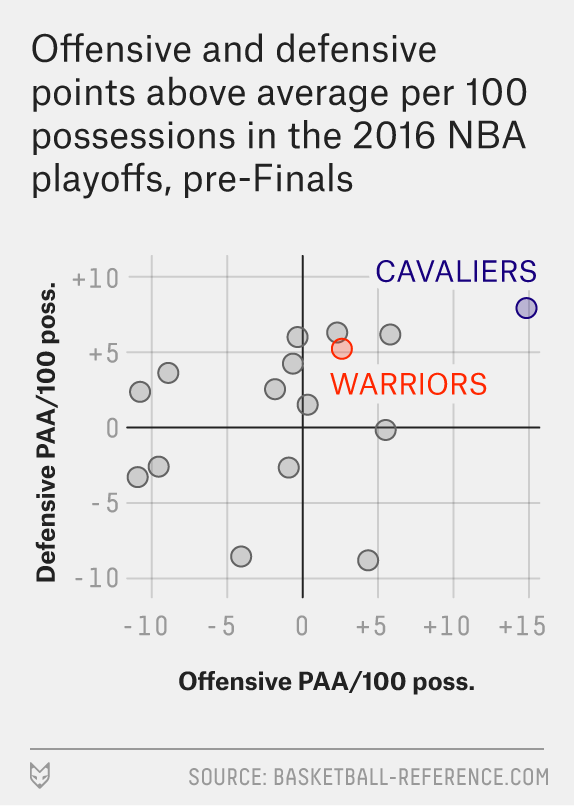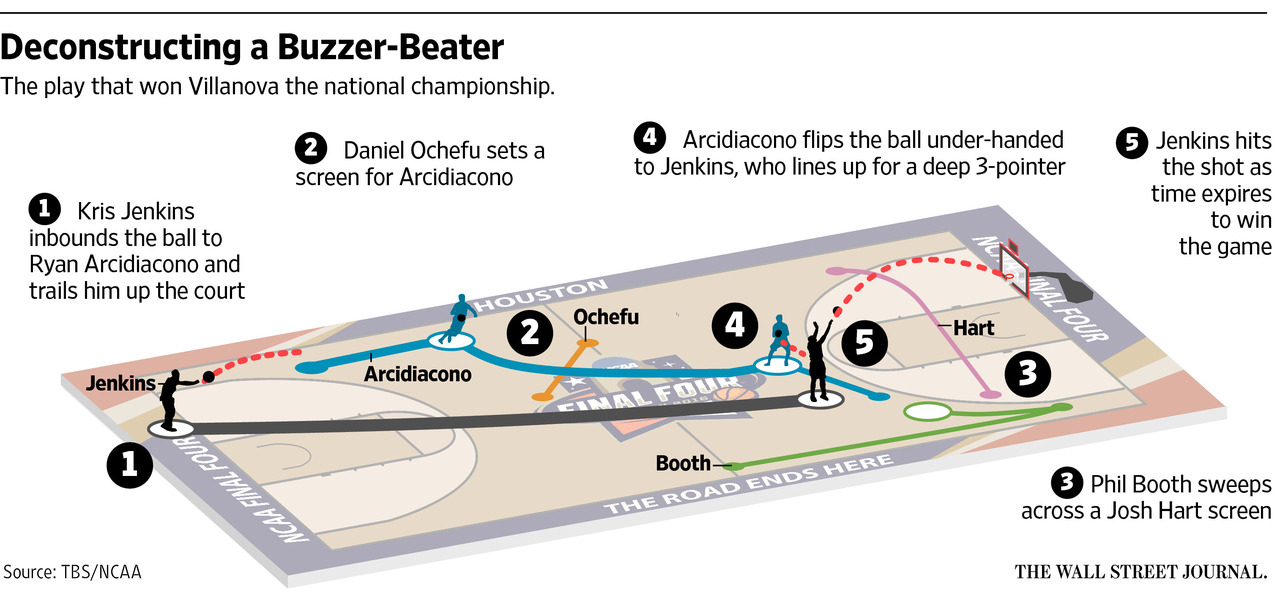Tonight the Boston Celtics play in Game 1 of the NBA Finals against the Golden State Warriors, one of the most dominant NBA teams over the last several years. But since the start of the new century and the new millennium, more broadly Boston’s four major sports teams have dominated the championship series of those sports. In fact tonight marks the 19th championship series a New England team has played since 2001. And in those 18 series thus far, Boston teams have a 12–6 record.

Of the 12 titles won, the New England Patriots account for half with six Super Bowl victories out of nine appearances. The Boston Red Sox have won all four World Series they have played in since 2001. Rounding out the list, the Celtics and Bruins have each won a single championship with the Bruins appearing in three Stanley Cups and the Celtics in two NBA Finals. Tonight begins their third.
Credit for the piece is mine.









